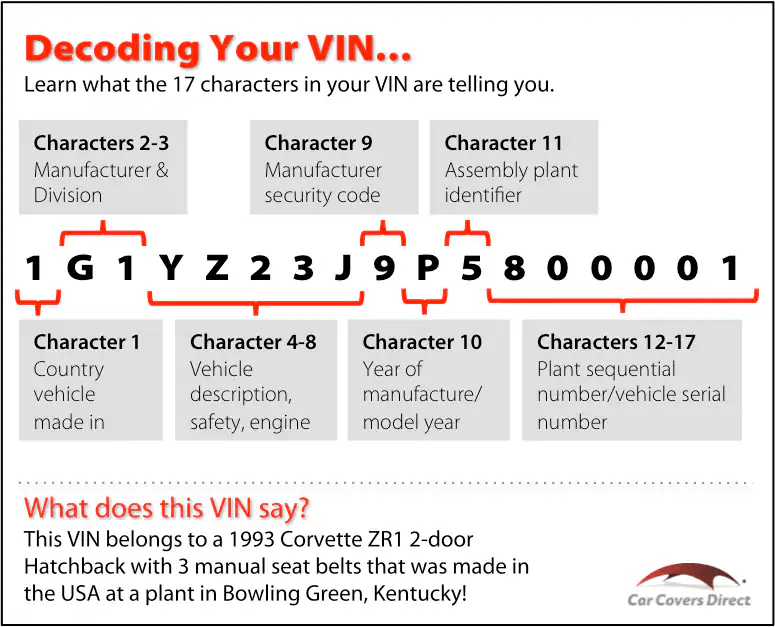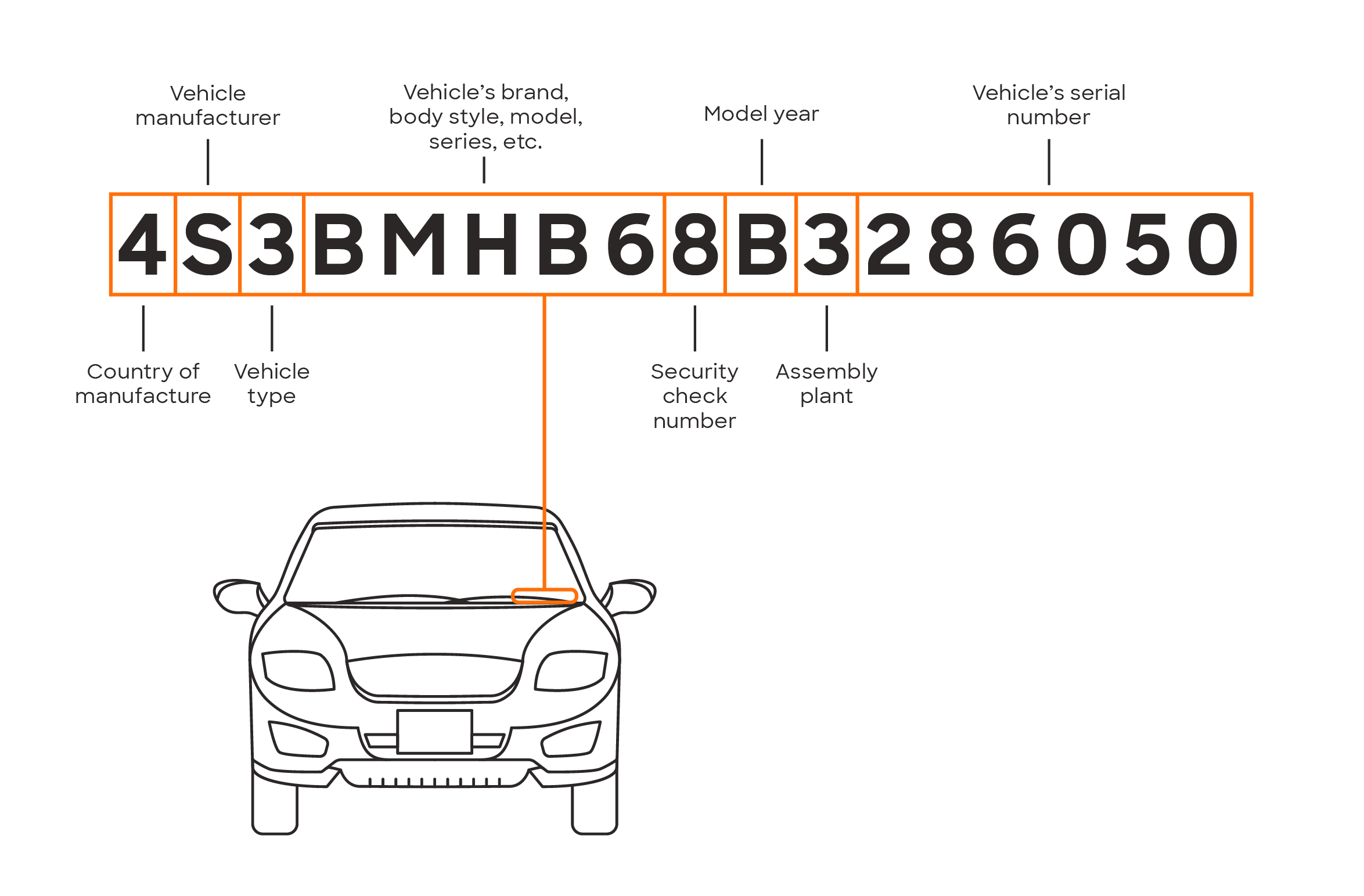Ever wonder about the cryptic sequence of numbers and letters etched into your car's dashboard or doorjamb? This isn't just a random string; it's your vehicle's unique fingerprint, its Vehicle Identification Number, or VIN. This seemingly simple code holds a wealth of information, a hidden language waiting to be deciphered. Understanding this code can empower you as a car owner, providing valuable insights into your vehicle's past and helping you make informed decisions about its future.
The VIN, a 17-character alphanumeric code, acts as your car's birth certificate and permanent record. It’s a standardized system used worldwide, ensuring each vehicle has a unique identifier. Think of it as a social security number for your car. Just as your social security number links you to your personal information, the VIN connects your vehicle to its specific details, from its manufacturing plant to its standard features and even its accident history.
The VIN system wasn't always as standardized as it is today. Before 1981, manufacturers used their own, often inconsistent, methods for identifying vehicles. This lack of uniformity made it difficult to track vehicles across state lines and created opportunities for fraud. The standardization of the VIN in 1981 brought order to the chaos, providing a universal language for identifying vehicles and streamlining vehicle history tracking.
The importance of the VIN extends beyond mere identification. It plays a crucial role in various aspects of vehicle ownership, including insurance claims, recalls, and title transfers. When you buy a used car, the VIN is your key to unlocking its history. A VIN check can reveal crucial details such as previous accidents, title issues, and mileage discrepancies, empowering you to make an informed purchasing decision and potentially avoid costly mistakes.
One of the key issues surrounding VINs is the potential for fraud. Scammers can tamper with or clone VINs to disguise stolen vehicles or misrepresent a car's history. Understanding how to verify a VIN and being aware of the signs of VIN tampering can protect you from becoming a victim of these fraudulent activities.
The VIN is structured in a specific way, with each character representing a piece of information. The first three characters identify the manufacturer, the next six describe the vehicle's characteristics, and the last eight represent the vehicle's unique serial number. For example, a VIN starting with "1HG" indicates a Honda vehicle manufactured in the United States.
Utilizing the VIN provides numerous benefits. Firstly, it offers valuable insights into a vehicle's history, including its ownership, accident record, and maintenance history. Secondly, it allows you to verify the accuracy of the information provided by the seller. Thirdly, it helps protect you from potential fraud by ensuring the vehicle you are purchasing is legitimate and has not been stolen or tampered with.
When purchasing a used vehicle, obtaining a VIN check should be a crucial step in your buying process. You can obtain a VIN check through various online services or through your local Department of Motor Vehicles. Review the report carefully, paying attention to any red flags such as title issues, odometer discrepancies, or salvage titles.
Advantages and Disadvantages of Using VIN Information
| Advantages | Disadvantages |
|---|---|
| Helps identify stolen vehicles | Requires a VIN decoder or service to fully understand |
| Provides detailed vehicle history | Can be subject to errors or inaccuracies if not reported correctly |
| Aids in insurance claims | Doesn't guarantee the condition of the vehicle |
Best Practices for Utilizing VIN Information: 1. Always verify the VIN physically on the vehicle. 2. Use reputable VIN decoder services. 3. Compare the VIN information with the seller's disclosures. 4. Be wary of unusually low prices or discrepancies in the vehicle's history. 5. Document the VIN and the vehicle history report for your records.
Frequently Asked Questions: 1. What is a VIN? 2. Where can I find my VIN? 3. How do I decode my VIN? 4. What information can I get from a VIN check? 5. How can I protect myself from VIN fraud? 6. What is the importance of a VIN in insurance claims? 7. How does the VIN help with vehicle recalls? 8. Can the VIN be changed?
Tips and Tricks: Use a flashlight to clearly see the VIN etched on the vehicle. Cross-reference the VIN on the vehicle with the VIN on the title and registration documents. Be aware of VIN cloning, where scammers duplicate a VIN from a legitimate vehicle onto a stolen vehicle.
In conclusion, the Vehicle Identification Number is more than just a series of characters; it's a powerful tool that empowers car owners with essential information. By understanding how to utilize the VIN, you can gain valuable insights into a vehicle's history, protect yourself from fraud, and make informed decisions about your automotive investments. From purchasing a used car to filing an insurance claim, the VIN plays a vital role in the lifecycle of vehicle ownership. Take advantage of the wealth of information readily available through your VIN and embark on a journey of informed car ownership. It's your right, and it can save you time, money, and potential headaches down the road. Don't underestimate the power of this simple code; unlock its secrets and empower yourself as a savvy car owner.
Unpacking the mystery of behr canvas luggage n300 2
Decoding purple the art of mixing paint colors
Decoding the honda wheel bolt pattern mystery














